Our Philippines Travel Guide Will Help You Plan
The Philippines is much more exciting and relatively an easy travel destination by Southeast Asian standards. People are warm and friendly, and most of them speak English. As a first-time visitor, you’ll learn from this Philippines travel guide just how welcoming and worry-free your visit can be.

This article contains affiliate links and/or references to our advertisers. We may receive compensation when you click on or make a purchase using these links.
Table of Contents
Known as the Pearl of the Orient Seas, this archipelago in Southeast Asia is indeed a great country to explore. An international poll by a famous travel magazine places the Philippines as a top destination, but as the country is comprised of more than 7,000 islands, figuring out what to see and do can be overwhelming for first-time visitors to the Philippines.

If you are already planning a trip, congratulate yourself as you are about to embark on a great holiday in a country of great beauty. Find Philippines travel packages to learn about the best packages and deals and make the most out of your trip. Planning on your own can be a bit complicated when there’s so much to see and do, but hopefully this Philippines travel guide can set you on the right track.
Is it safe to travel to the Philippines?
Many first-timers wonder if it is safe to explore the Philippines. Well, they couldn’t be more wrong as the country is as safe as any other country in South East Asia.
The Philippines carries an unjustified reputation of being an unsafe and ‘dangerous’ place. There might have been a few incidents of violence, but those are in the remote parts of the country and are not going to affect tourists in any way. So, just relax and enjoy your holiday.
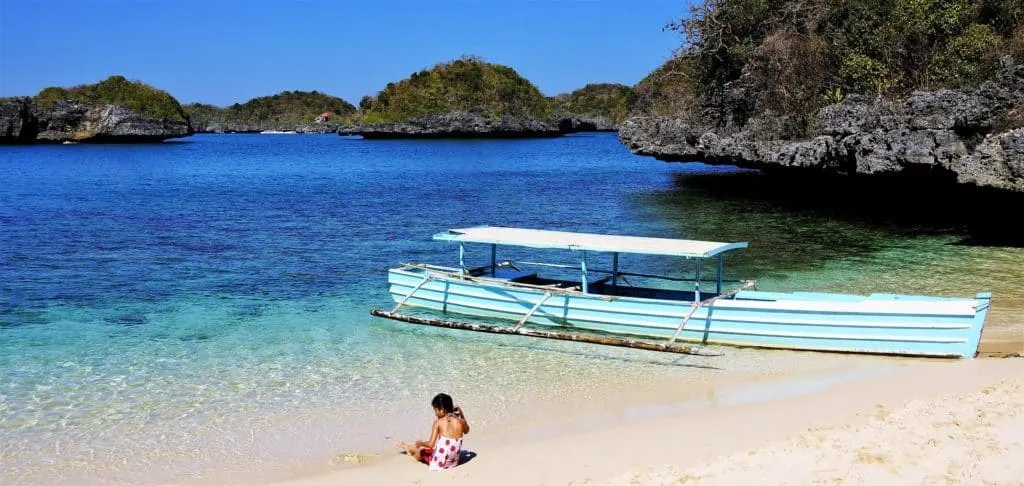
The Philippines at a glance
The Philippines boasts of many tourist attractions and destinations. Manila, its capital city, is well known for some well-recognized attractions. The city is densely populated, and it can be a bit rough during the rush hours. However, one must keep in mind that the Philippines is a developing country.
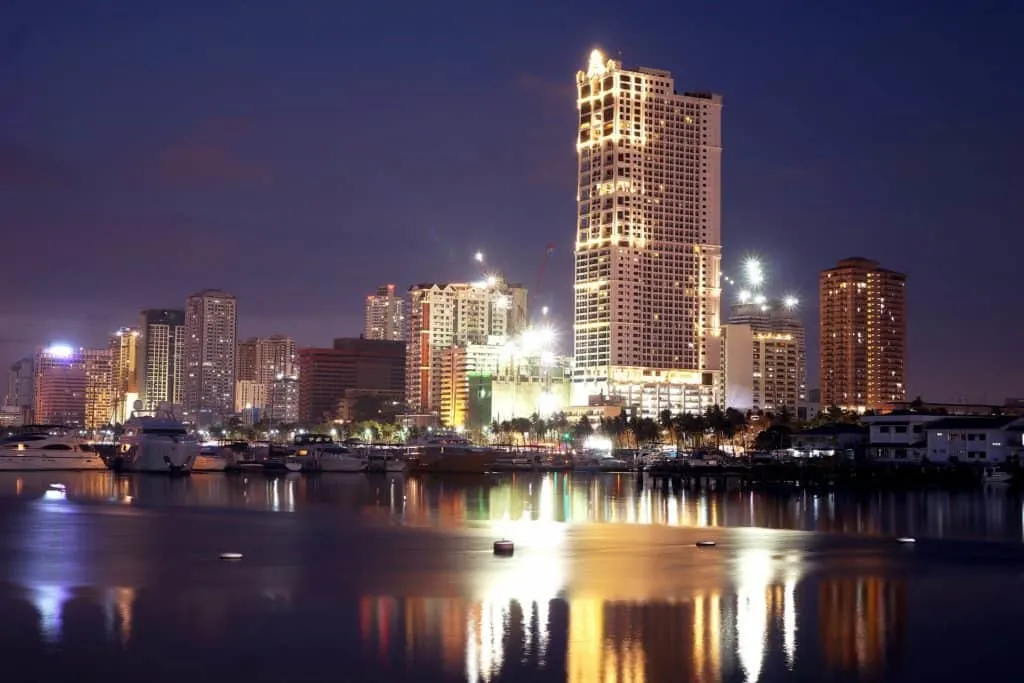
The best time to visit the country is during the December-February months when the temperature is the coolest. Avoid March-May months which can be hot and humid. July to September are the rainy months.
The Philippines with its vast cultural diversity is sure to strike you. One can see and feel the foreign influences of the Spanish, American, and Chinese. The country carries a rich cultural history.
See our post on 5 Undiscovered Beautiful Places in the Philippines
What to pack for a visit to the Philippines?
You can relax and pack whatever you want as there is no strict dress code here in the Philippines, unlike some Southeast Asian countries like Thailand or Myanmar. As the temperatures are warm, pack plenty of shorts and t-shirts and do not forget to carry your flip-flops.
You will be fine and comfortable walking around in a bikini or going shirtless on the islands or at your resort. However, keep in mind that the Philippines is a conservative country and one must always be respectful. Go for a smart and casual look and you’ll be just fine.
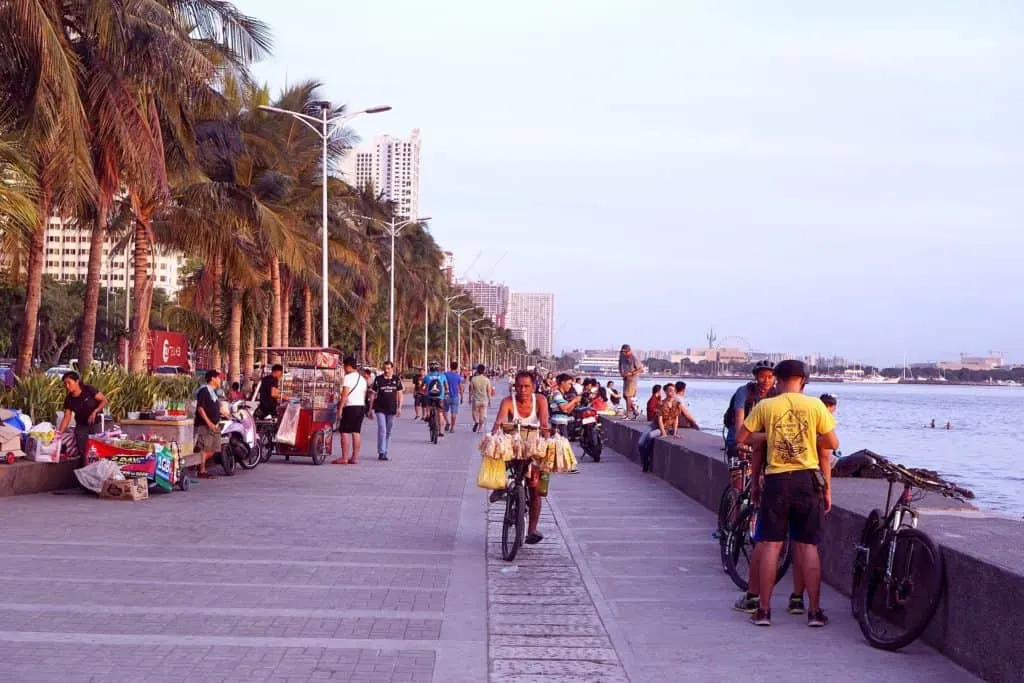
What is the local currency in the Philippines?
‘Philippine Peso’ is the local currency and the right place to exchange currency is at a licensed money changer as they offer better rates than banks. Avoid exchanging currency at the airports as you will not get good rates there. Be wary of strangers promising you great exchange rate as they can be scammers.
When you travel around the Philippines, expect to spend anywhere from P700 to P1500 a day on your accommodation, food, and tours.
Where to stay in the Philippines?
You will need to make some effort to find a good place to stay in the Philippines. Be cautious when making your bookings as the rooms may not be picture perfect as shown on the websites.
The rule of thumb is that most hotels do not follow any international standards. Get referrals and use professional assistance when looking for accommodations.
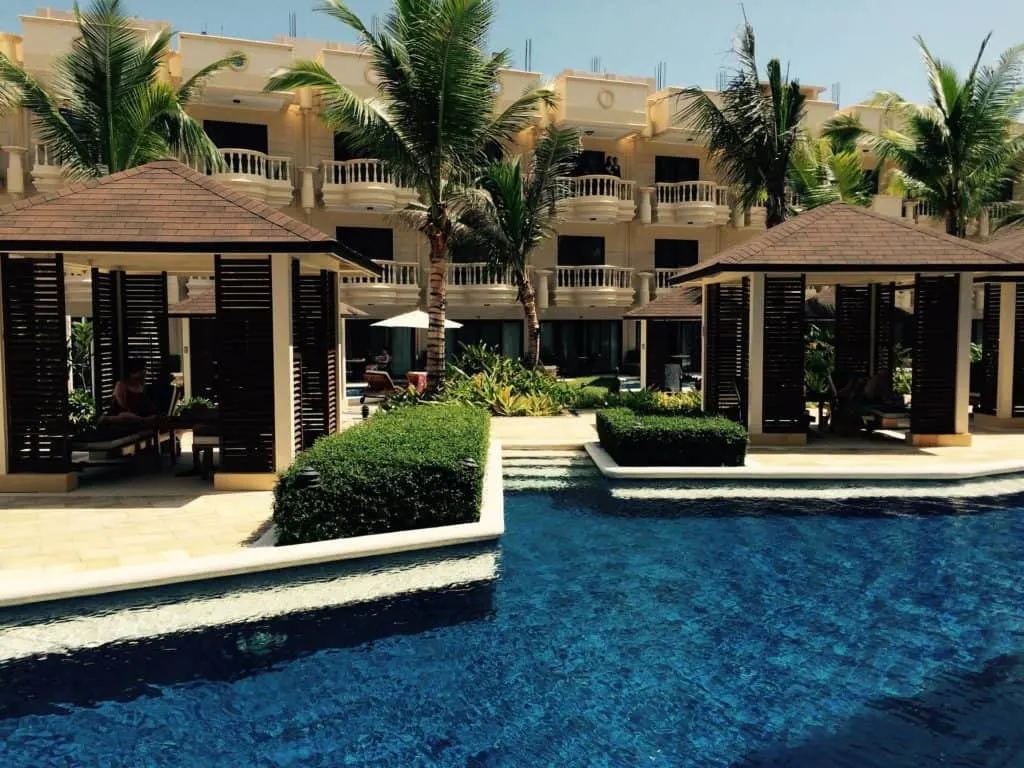
The good thing about the Philippines is that the high-end accommodations here are relatively inexpensive when compared to other countries. Private accommodation is always a better deal than most hotels.
Check for accommodations and book using our interactive map:
Getting around in the Philippines
Use the local transport to move across and travel to your destinations. Multi-cabs, buses, motor-taxis are common and widely used. The tricycle is trendy and a very common way to get around. Moreover, it is a fun and affordable way to commute.
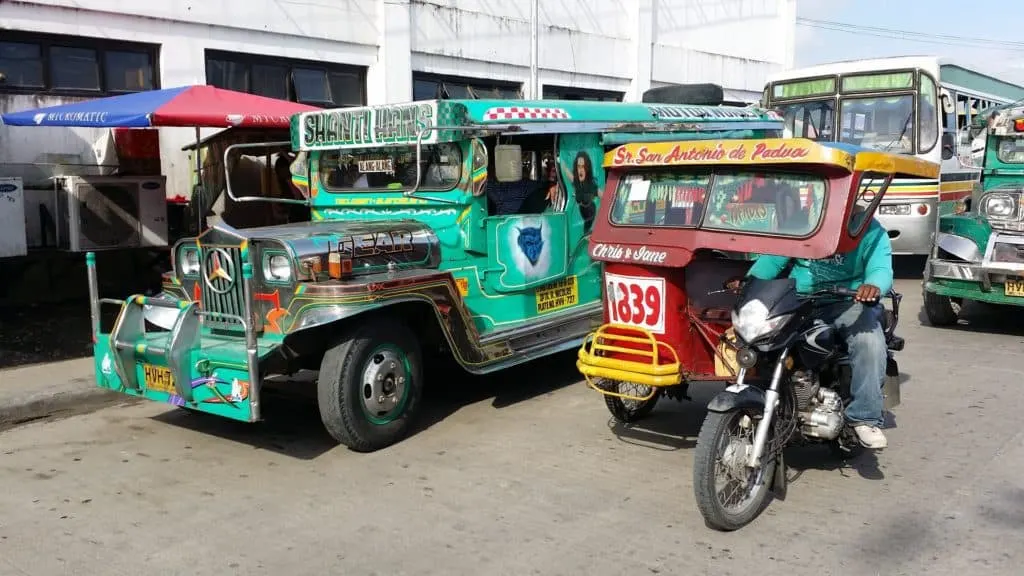
Enjoy fruit juices and coconuts being sold at every corner on the streets. You can enjoy some amazing fruit juices and shakes. Go with the flow as you will find people whizzing around on scooters and buses.
The main attractions in the Philippines
The Philippines is best known for tropical islands and beaches that are simply breathtaking. It is undoubtedly a tropical beach paradise, and you are sure to come across the some of the best diving spots worldwide. It is a land filled with natural wonders like lakes, volcanoes, waterfalls and mountainous regions.
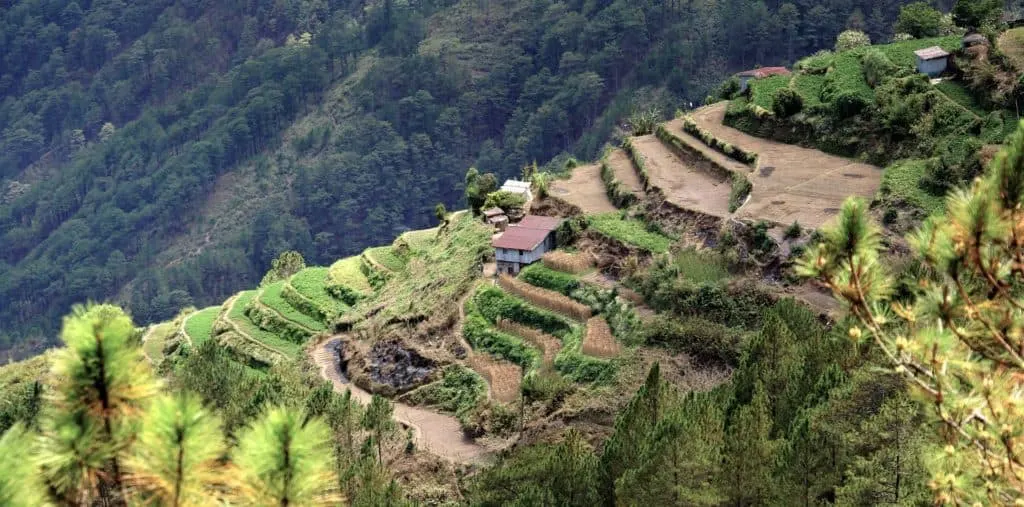
Start with Manila, the country’s capital which boasts of a bit of cultural sights.
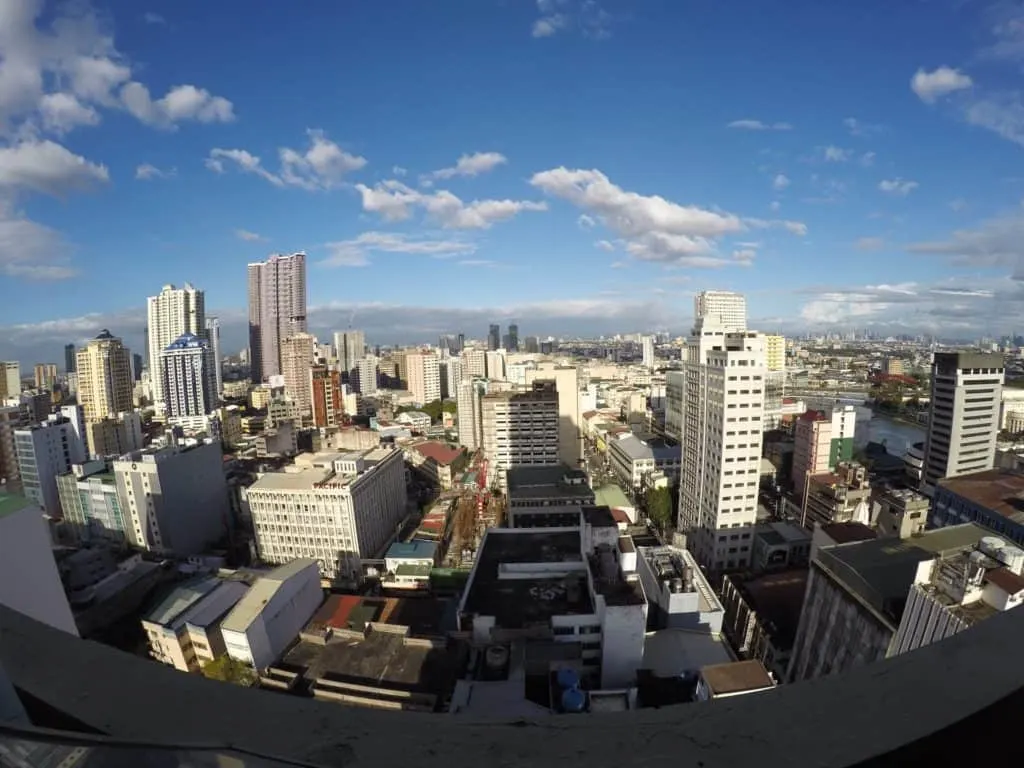
You shouldn’t miss Palawan which is a must-visit for its exotic lagoons, beaches, and lakes. Explore those limestone rock formations.
Another must-see is Siargao which is well known for its Virgin Islands and lagoons. Famous as the Surfing Capital of the Philippines, Siargao lures surfers from all over the world.
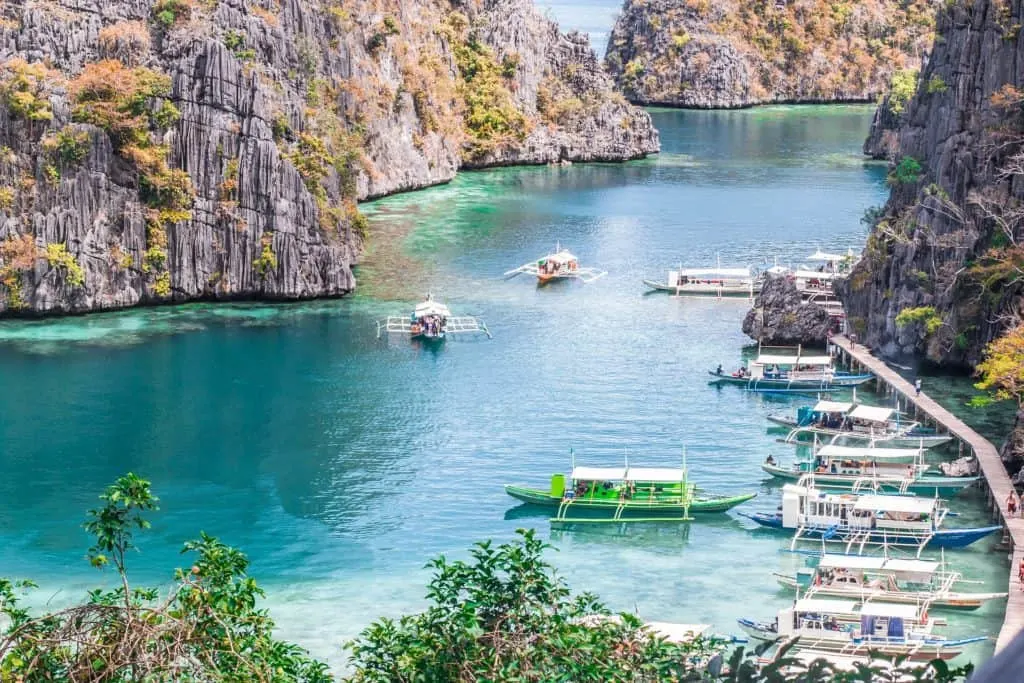
Boracay, a beautiful tropical beach is known for pub crawls and nightlife, currently closed to tourism for environmental rehabilitation. In the alternative, Bohol features the famous Chocolate Hills and is a classic tourist spot.
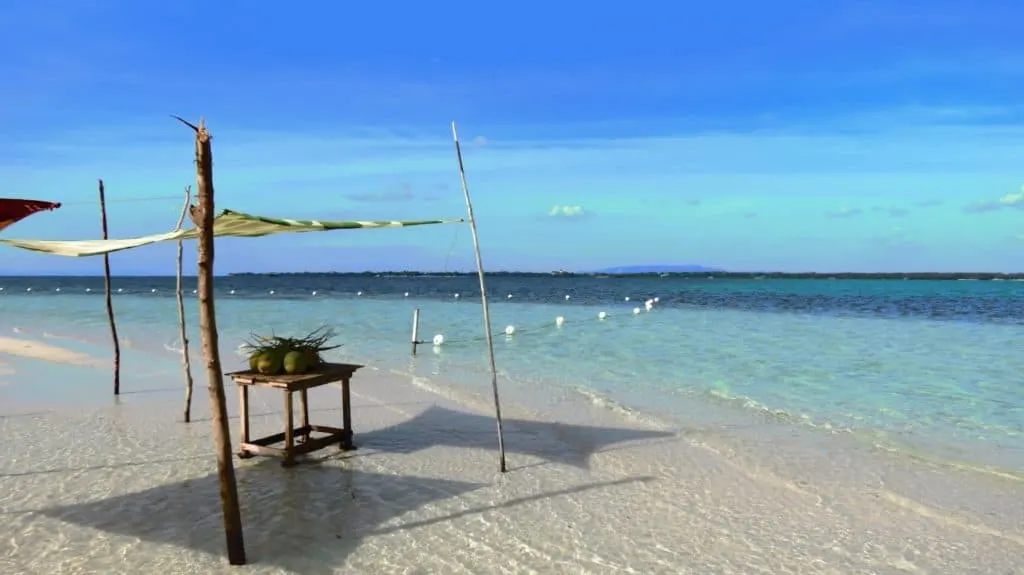
Cebu, a nearby province, makes for a good choice. Do not forget to visit Mount Mayon, the world’s perfect-shaped volcano in the Bicol province.
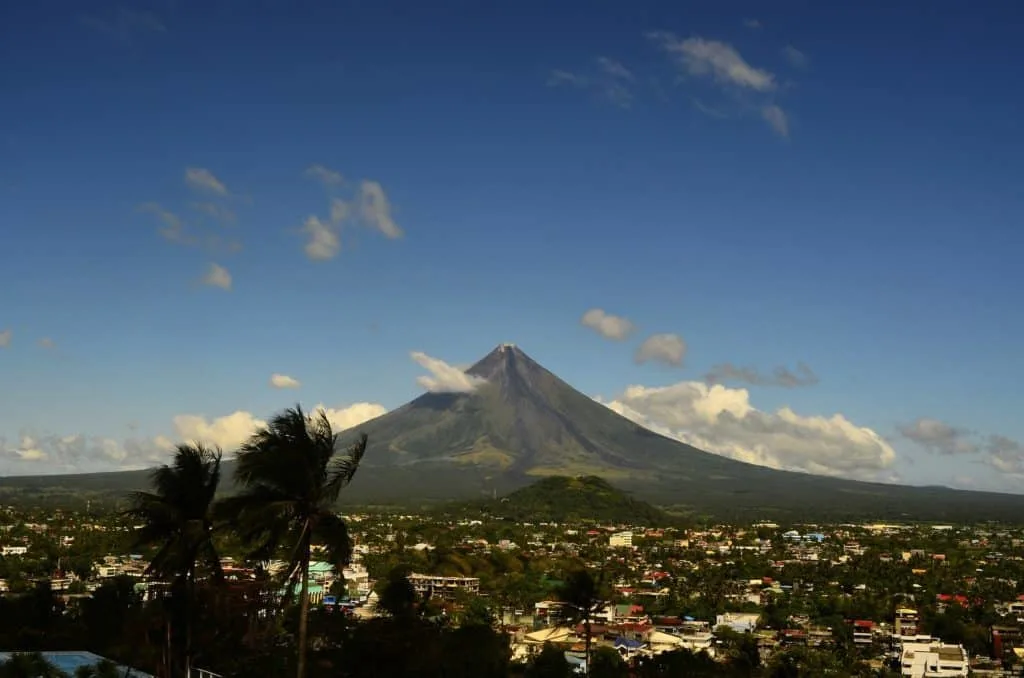
Enjoy outdoor activities such as ATV rides around the mountains and nearby provinces. Explore some of the off-beat destinations in the Philippines.
Food to enjoy in the Philippines
Filipino cuisine is simply delicious and very flavorful. Tapsilog is a much-beloved comfort dish for breakfast. Chicken Inasal is a regional dish which is served with rice.
The most iconic Filipino dish is the Pork Sisig seasoned with calamansi and chili peppers.
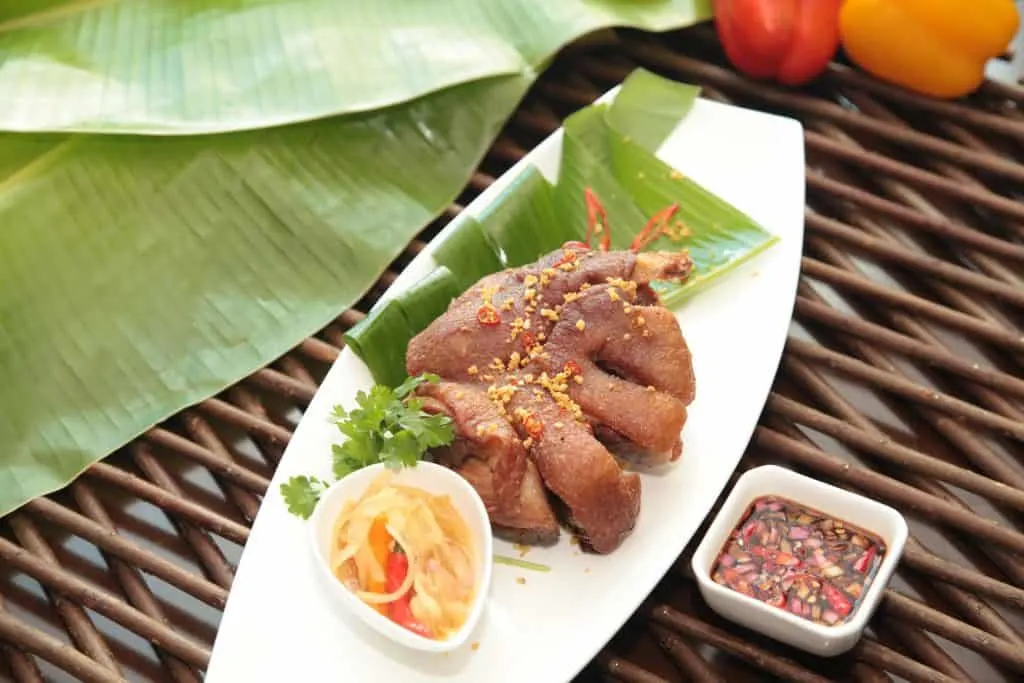
Another favorite dish is a Filipino-Chinese dish, Pancit Bihon Guisado which is made with sautéed rice noodles, vegetables, and meat. Some other must-try Bibingka, Balut, adobo, and Kare-Kare. Halo-Halo and Sans rival are favorite desserts in the Philippines.
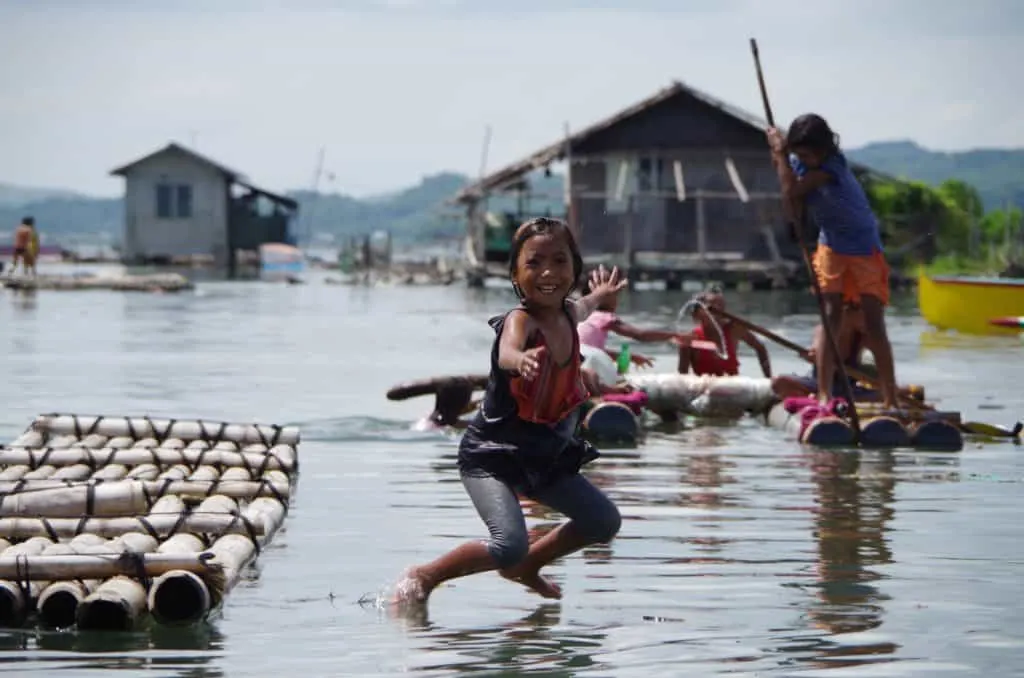
First-time visitors will enjoy the unique blend of cultural influences on offer in the Philippines, which makes it an unmistakable favorite. Hopefully, our Philippines travel guide has served to whet your appetite to visit this friendly and welcoming country.
Pinnable Image:
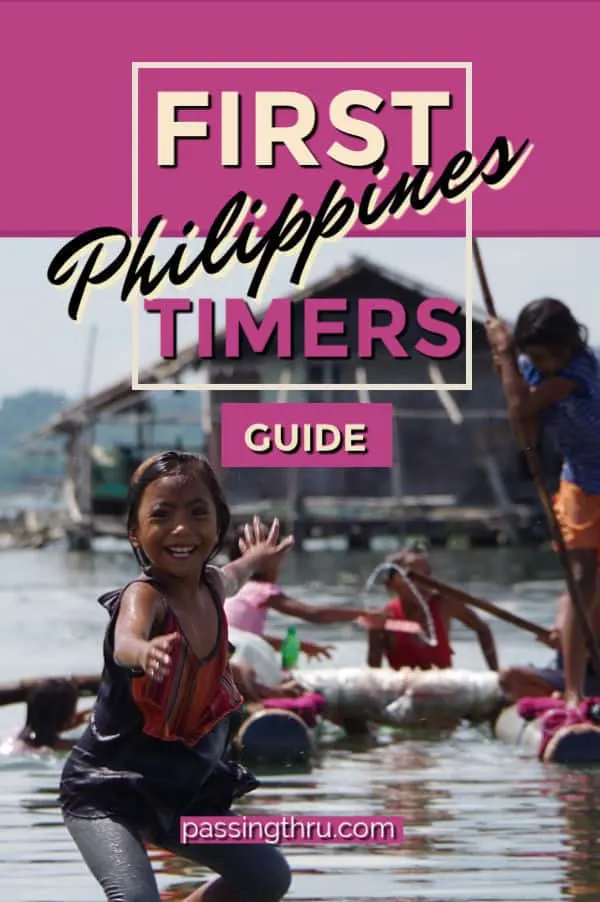

Tips for Trip Success
Book Your Flight
Find an inexpensive flight by using Kayak, a favorite of ours because it regularly returns less expensive flight options from a variety of airlines.
Book Your Hotel or Special Accommodation
We are big fans of Booking.com. We like their review system and photos. If we want to see more reviews and additional booking options, we go to Expedia.
You Need Travel Insurance!
Good travel insurance means having total peace of mind. Travel insurance protects you when your medical insurance often will not and better than what you get from your credit card. It will provide comprehensive coverage should you need medical treatment or return to the United States, compensation for trip interruption, baggage loss, and other situations.Find the Perfect Insurance Plan for Your Trip
PassingThru is a participant in the Amazon Services LLC Associates Program. As an Amazon Associate I earn from qualifying purchases.
To view PassingThru’s privacy policy, click here.

Jensen
Friday 7th of May 2021
Thank you for sharing, this was a lot of fun, keep posting stuff like this.